Roses are in great need of feeding, and for good development, abundant flowering during the season, they need to be carried out several times. But everything should be in moderation. Overfed plants also have many problems.
The main nutrients - nitrogen, phosphorus and potassium - are needed in high doses, microelements - in micro doses. Nitrogen is necessary for the growth of shoots and leaves, phosphorus - for the development of the root system, potassium - for the maturation of wood and flowering (it also increases the overall resistance of the plant). Calcium helps in the formation of a good root system, magnesium - in the formation of chlorophyll. Trace elements affect the growth of leaves, participate in the processes of respiration and photosynthesis, and improve the general condition of plants.
With an increase in the vegetative mass, the main role is played by macroelements, during the flowering period - microelements, at the end of the growing season phosphorus, iron, zinc are needed. Therefore, it is better to use complex mineral fertilizers for roses (that is, those that contain basic nutrients and trace elements).
Organic matter is also important.
After spring pruning roses need to be fed immediately. At this time, they need nitrogen (the element most consumed by plants). At the end of spring, for the intensive formation of new shoots, it is necessary to apply magnesium sulfate under the bushes.
1st feeding- after pruning - with complex mineral fertilizer (Kemira universal, Buiskoe OMO universal, Aquarin, Aquamix - chelated form or any other form with a high nitrogen content). Better to use water-soluble, i.e. in liquid form (3-4 liters per bush). If you sprinkle dry (40 g / m2), be sure to embed them in the soil so that they do not erode. Do not scatter them over the entire area of the rose garden, but only around the bush, and so that the granules do not touch the shoots. But I must say that dry mineral fertilizers are ineffective, because 95% goes to the subsoil horizon and plants cannot absorb them.
The day after the mineral water, you need to feed with organic matter.
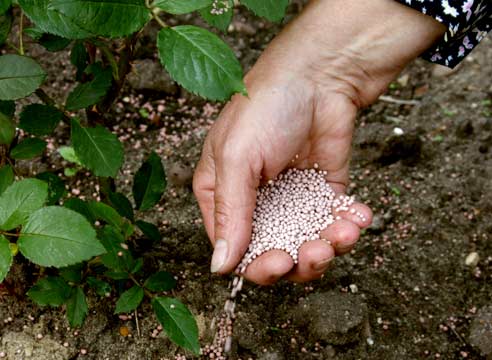
You can first sprinkle mineral water (add a full handful under the bush), then spill it with organic matter, or vice versa. I spill a solution of mineral fertilizers and close up organic matter ( horse dung). And you can spread rotted horse or cow dung around the bush in the form of a roller 10 cm high, but not under the trunk.
If after applying fertilizers it is rainy or cold weather for a long time, you will have to give additional nitrogen fertilization.
After fertilizing, it is advisable to mulch the soil (having previously loosened it). In the future, when applying fertilizers, the mulch must be raked off, loosened and mulched again.
In the first year after spring planting if the pit was well filled, no fertilization is needed. If you planted roses in the fall, feed them with half the dose in the spring. In cold spring, the roots do not work and cannot absorb nutrients. To help the plants, additionally spray them with humates, which stimulate the root system well.
2nd feeding- in the initial stage of shoot growth, two weeks after the first - organic ( liquid top dressing infusion of fermented manure or cut grass) and again with nitrogen fertilizers. You can use urea on the leaves (1 tablespoon per 10 liters of water + micronutrient fertilizer) or under the root.
So that you know
Liquid top dressing is done when the soil warms up, and the night temperature is not lower than + 10 ° C. Fertilizers are not applied to cold soil.
Mineral dressing is carried out only after abundant watering. Before and after feeding, be sure to water the soil so that the fertilizers dissolve faster and do not burn the roots.
An important point
In damp and cool weather, supplement with potash fertilizer.
Treat with fungicides for fungal diseases again to destroy the spores that have survived after the first treatment (it is done immediately after spring pruning).
3rd feeding- before budding - calcium nitrate (1 tablespoon per 10 liters of water + liquid organic matter). And before the first flowering, you need to add potassium fertilizer - potassium magnesium (1 tbsp. Spoon per 10 liters of water).
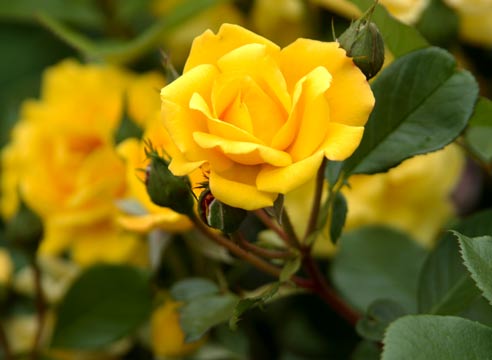
Foliar dressing
Foliar dressing on the leaf in the form of spraying gives the roses additional nutrition, they must be carried out between the main dressings. On heavy and cold soils, on old plantings, they are a must. They are also useful on sandy soils where fertilizers are quickly washed out.
It is better to spray the plants early in the morning or in the evening, wetting the leaves well, especially the lower part of them, because the greatest absorption occurs with inside... And only with a freshly prepared solution.
Effectively in the first half of summer, several times to spray roses (other plants: bushes, trees) on the leaf with humates, they stimulate root formation, development and flowering. Gumistar has a double effect: it facilitates the flow of calcium into plants, increases soil fertility, and neutralizes toxic effects (2 bottles per 200 liters of water). You can also use Lignohumate, Humate + 7, Peat. It is good to add M-preparations to this: Renaissance, Baikal, Vostok. Dry humates are poured with boiling water - 10 g per 1 liter of water, then this solution is diluted 1: 100 and the plants are sprayed. Peat can be diluted with water (2 tablespoons per 10 liters) and spilled under the root. You can use sodium humate -0.5 tsp dry (diluted with boiling water) for 20 liters of water, mullein infusion (1:10) + full mineral water (1 tablespoon for 10 liters of water) + 1 tablet of micronutrient fertilizers.
It is better to use humates until mid-July. And remember: humates are only a supplement, not a main food.
It is good to use the infusion of ash: pour 2 glasses hot water, boil for 15 minutes, strain + 10 liters of water. This top dressing is effective before flowering and in August. You can scatter dry ash around the bushes or over the leaves through a strainer. In addition to nutrition, it protects roses from pest diseases. During the budding period and in the second half of summer, it is good to sprinkle roses with a solution of phosphorus-potassium fertilizers once (extract from double superphosphate or potassium monophosphate - 3 g / l). But it is better to use ready-made liquid fertilizers, they already come with a full complement of micronutrients.
During drought, pruning, cold snaps, plants respond well to spraying with Epin, HB-101, Eco-gel or any other stimulant.
Second half of summer
From the second half of summer, after the first flowering, you need to help the plant compensate for energy costs: re-apply organic matter and mineral fertilizers (organomineral or garden compost can be used). In July, nitrogen is introduced only if necessary, and from the second half of summer it must be excluded, otherwise there will be a violent growth of roses and the shoots will not ripen by autumn. In winter, such roses can die.
Top dressing must be continued until the end of August, but not more often than once a week. Feed less and less often in dry summers, more and more in rainy summers.
On a note
It must be remembered that in the spring the root feeds the leaf, and in the summer the leaf feeds the root. Therefore, foliar dressing at this time is preferable.
At the end of summer (third decade of August), it is good to give roses potassium monophosphate (per leaf) or potassium salt. You can do with sifted wood ash (contains potassium, magnesium, calcium + all trace elements) - 1 glass per sq.m. Or apply an autumn water-soluble or organic mineral fertilizer (but the nitrogen content should be low).
And on this we finish feeding.
Each rose grower, in accordance with his capabilities, will choose for himself optimal mode dressing, I tried to explain the algorithm of these activities.
Marina Marchenko, passionate rose grower with experience
Fertilizing roses in practice video
Garden flowers.
Perennial garden flowers.
Fertilizing roses
Fertilizing roses should be the subject of special care of the grower. In the first year of cultivation, roses are fed modestly - 4 dressings per season. And from the second year they are already doing full-fledged feeding. Special attention should be paid to the following. It is a serious mistake to introduce fresh cow dung or bird droppings after the spring planting of seedlings. For young seedlings, such a "treat" is simply destructive. Organics, of course, are good for roses, but they must be prepared in a special way beforehand. For this, mushy cow dung or bird droppings in the amount of 1 liter are diluted in 10 liters of water. Poultry droppings must be fermented for 10 days before breeding. The resulting solution is poured onto the plants under the root, preventing it from falling on the stems and leaves, so that flies do not start. To eliminate the unpleasant odor, the watered soil can be sprinkled with chalk or wood ash and loosened to a depth of 5 cm.
Never, under any circumstances and in any form, use pig manure! The chemical burn from this "material" is so strong that all living things simply die from contact with it. This is the most real chemical weapons of mass destruction of natural origin!
Let's go back to top dressing. In the spring, roses are received good food from mulch (see page "Caring for roses"). If nitrogen is also added to the mulch (1 tablespoon of urea per 1 sq. M.), Then the result will be simply wonderful. Periodic application of organic fertilizers and wood ash normalizes the acidity of the soil, which is vital important indicator for the normal growth of roses.
Essential elements for feeding roses
Proper and nutritious nutrition has for roses great importance... Roses are demanding and responsive to fertilizers. The soil must contain a sufficient number of various nutrients, necessary elements and trace elements. What should invariably be included in the "pink" diet?
Nitrogen is required for plant growth. They especially need it after pruning, with the formation of new shoots and before the onset of re-flowering. Nitrogen is introduced from early May to late July (early August). Sources of nitrogen are growth stimulants, liquid organic matter, urea and sodium humate.
Phosphorus contributes to the formation of strong shoots and the intensity (and quality) of flowering. Phosphorus is introduced from June to September. Sources of phosphorus are double superphosphate or simple superphosphate.
Potassium is necessary for roses during their budding and flowering period. This element is required by plants in preparation for winter. Potassium is introduced from June to October. Sources of potassium - potassium sulfate (potassium sulfate) and potassium chloride.
Calcium is valuable for roses because it neutralizes acidic soils... The alkaline environment formed thanks to calcium favorably affects the conditions for the vital activity of bacteria that decompose organic and mineral fertilizers. Sources of calcium - chalk, slaked lime, dolomite flour, wood ash and organic fertilizer"Deoxidizer".
Trace elements - iron, magnesium, boron, manganese - are necessary for roses throughout their growing season. Iron deficiency is the cause of chlorosis. Boron and manganese deficiency reduces plant immunity. For the introduction of trace elements, fertilizers "Agricola Rose" and "Agricola for flowering plants". In general, any complex (complete) fertilizer contains a balanced set of all essential micronutrients... Contains trace elements and wood ash.
Root dressing of roses in the first year of cultivation
The first feeding is carried out in the first or second decade of May: 1 tablespoon of urea and fertilizer "Agricola for flowering plants" or "Agricola Rose" is diluted into 10 liters of water.
The second feeding is carried out in the first ten days of June: 1 tablespoon of "Nitrofoski" and 1 teaspoon of urea are diluted into 10 liters of water.
The third feeding is carried out at the end of June: 1 tablespoon of double superphosphate (or 2 tablespoons of simple superphosphate) and 2 tablespoons of Agricola Rose fertilizer are diluted into 10 liters of water.
The fourth feeding is carried out in the second half of July: 2 tablespoons of a mixture of phosphorus-potassium fertilizers are diluted into 10 liters of water.
Consumption of each of the above solutions:
on a small bush - 2 - 3 liters;
on an average bush - 5 liters;
on a large bush - 6 - 7 liters.
Root dressing of roses from the second year of cultivation
The first feeding is carried out at the beginning of leaf bud opening: 1 tablespoon of urea and Agricola Rose fertilizer are diluted into 10 liters of water. Consumption - 3 liters of solution per bush;
The second feeding is carried out at the beginning of the appearance of the leaves: 1 tablespoon of Agricola Rose fertilizer, Flower organic fertilizer and nitrophoska are diluted in 10 liters of water. Consumption - 3 - 4 liters of solution per bush;
The third feeding is carried out at the beginning of the emergence of flower buds: 1 tablespoon of potassium sulfate, Agricola for flowering plants fertilizer and Ideal organic fertilizer are diluted in 10 liters of water. Consumption - 4 - 5 liters of solution per bush;
The fourth feeding is carried out at the beginning of flowering: 2 tablespoons of nitrophoska and 1 tablespoon of potassium sulfate and Agricola Rose fertilizer are diluted into 10 liters of water. Consumption - 3 - 4 liters of solution per bush;
The fifth feeding is carried out after flowering: 2 tablespoons of a phosphorus-potassium mixture and 1 tablespoon of Agricola Rose fertilizer are diluted into 10 liters of water. Consumption - 4 - 5 liters of solution per bush.
The above formulations of top dressing are based on modern fertilizers. If it is not possible to purchase such fertilizers, then you can use "folk" formulations based on the use of natural organic fertilizers and simple, readily available mineral fertilizers.
The first feeding is carried out in the spring: 1 liter of mushy mullein and 1 tablespoon of urea are diluted into 10 liters of water. Consumption - 4 - 5 liters of solution per bush;
The second feeding is carried out during the budding period: 1 tablespoon of superphosphate and potassium sulfate are diluted in 10 liters of water. Consumption - 3 liters per bush;
The third feeding is carried out during the flowering period: 0.5 liters of liquid bird droppings and 1 tablespoon of nitrophosphate and superphosphate are diluted into 10 liters of water. Consumption - 3 liters per bush. After watering, scatter 1 glass of wood ash under each bush;
The fourth feeding is carried out in the second half of August, before the start of lignification of the shoots: 2 tablespoons of full complex fertilizer are diluted in 10 liters of water. Consumption - 5 liters of solution per bush.
When applying fertilizers, the amount of precipitation should be taken into account. If the season is dry and there is little rain, then the top dressing should be given liquid, and if, on the contrary, there are frequent rains, then it is better to sprinkle the top dressing around the bush in a dry form. It should be noted that rains largely wash out fertilizers from the soil, so their rate can be increased by 1.5 - 2 times. For the same reason, it is advisable to apply increased rates of dry fertilizers and mixed with organic matter to sandy soils.
Foliar dressing of roses
Roses can receive nutrients necessary for life not only through the roots, but also through the leaves. This is especially useful for weakened (with pale, small leaves and weak stems), young and old plants. It is optimal to do such foliar feeding every 10 days. For this type of feeding, there are special preparations containing all the necessary nutrients. Very nice results gives the use of the drug "Bud". It is a highly effective plant regulator and stimulator that can be used at any stage of plant development. The remarkable qualities of this drug are determined by its composition. It contains a unique complex of growth substances and required set macro- and microelements. Moreover, it is absolutely safe for insects and animals. Performed foliar feeding"Bud" is simple: one sachet of this preparation (10 g) is dissolved in 10 liters of water and plants are sprayed with this solution at the rate of 3 liters per 15 sq. M.
Also for foliar dressing, you can use fertilizers for root dressing - "Agricola Rose" and "Agricola for flowering plants" (1 tablespoon per 10 liters of water) and urea (1 tablespoon per 10 liters of water).
Foliar dressing is done during the day, if the day is cloudy, and in the morning or evening, if the day is hot. Otherwise, the plants may get burned.
The first fertilizers are applied while preparing the site for roses. In the fall, the soil is dug up to 60 cm in depth and organic matter is introduced for digging. You can start planting roses at the end of April. At the bottom of each hole prepared for bushes, about 0.5 kg of well-rotted manure is additionally added.Further feeding begins in the summer with liquid organic fertilizers. The best feeding for young roses is a slurry that contains all necessary for the plant at this stage of the development of matter. Do 3-4 feeding per season, starting in June, every two to three weeks. A solution is prepared from mullein with water in a 1: 3 ratio. It needs to be stirred and left to infuse for 10 days, and before feeding, dilute again with water 1:10. Before feeding, the soil under the bushes is watered, then 3 liters are applied nutrient solution for each bush.
In a mixture for feeding young rose bushes planted in this year, mineral elements are not recommended. But so that nutrients are not wasted in vain, it is necessary to remove the emerging wild growth from the mother bush, cutting it out at the base.
In the first year, you should not allow and early flowering young roses for the same reason - they need to gain strength and nutrients for flowering next year. Throughout the season, until the beginning of August, the buds that have set are removed from the bushes. Leave only 1-2 flowers on each shoot, so that in the fall they set fruits. Then the bushes will ripen better and for next year will bloom more profusely.
Caring for roses in the second year
Plantings in the second year and subsequent years usually bloom several times during the growing season. At the end of each flowering, part of the shoots must be cut off, ensuring the next flowering.The soil under the bushes is loosened twice a month to a depth of 10 cm to provide oxygen to the roots. Twice a season, they dig up the entire site, to a depth of up to 25 cm. The first time this is done after the opening of the roses, the second - at the end of summer. Watering roses requires regular and abundant watering. In hot weather, it is held weekly. It is especially important that the plant has enough moisture during the period of growth and bud formation. Mulching with humus or high-moor peat helps to retain moisture in the earthen circle after watering.
Top dressing, starting in the spring of the second year, is carried out regularly. At this time, both organic and mineral fertilizers are already being applied. You can use the same composition for dressing as for annual plantings... But it is better to use humus instead of mullein and be sure to add 10 mg of potassium and phosphorus fertilizers to each bush.
In order for roses to delight you not with rare lonely buds, but with abundant long flowering they need proper care, including timely fertilization.
Rosaries never go out of style. Despite the capriciousness of roses and sharp thorns, which often injure enthusiastic rose growers, many dream of planting a beautiful flowering bush... But for dreams to come true, roses need to be fed.
Residents of the German city of Hildesheim believe that the oldest rose bush grows with them. According to legend, it was planted in 815. Botanists, in turn, suggest that this bush is more than 400 years old.
Phosphorus is of prime importance for stimulating abundant flowering. It affects the size of flowers and the number of buds, and also promotes the formation of new roots. You can fertilize plants with phosphorus all season. However, it would be a mistake to feed the roses only phosphorus fertilizers... After all, potassium also affects the formation of buds. In addition, roses need nitrogen to help them form healthy green matter. It is brought in in the spring, because autumn feeding nitrogen-containing fertilizers reduce winter hardiness of plants. If you overfeed the rose with nitrogen, then flowering will come later, and the plant itself will become more vulnerable to disease. Magnesium (which comes to the fore when setting buds and affects the brightness of the color of the petals), iron (for the prevention of chlorosis), as well as boron and manganese will not be superfluous.
How to fertilize
Exists various techniques fertilization. For example, you can step back 15 cm from the stem and, taking care not to damage the roots, make a shallow annular groove. Fill it with fertilizer mixed with black soil, and then sprinkle the furrow with earth. Experienced gardeners say that with such an application, the fertilizer will partially dissolve during watering or rains, and the plant will receive all the necessary substances gradually.
It is important to remember that fertilizers should not be applied to unmoistened soil, this can lead to root burns.
Foliar dressing - great option for roses, because the plant quickly receives the necessary substances, absorbing them through the leaves, while the composition of the soil does not change. Thus, you can apply both mineral and organic fertilizers. Too late (with the onset of dusk) evening watering and spraying of plants is not recommended, since moisture that has not had time to evaporate can provoke the appearance of a fungus.
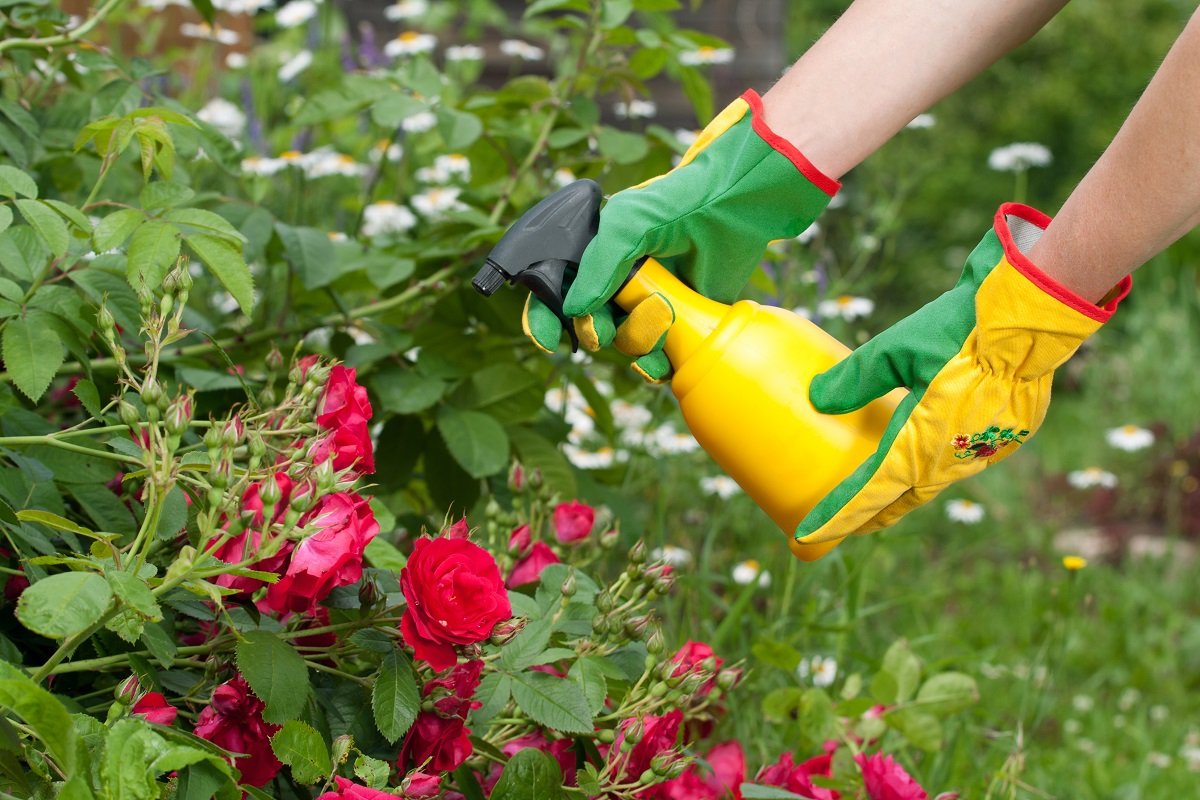

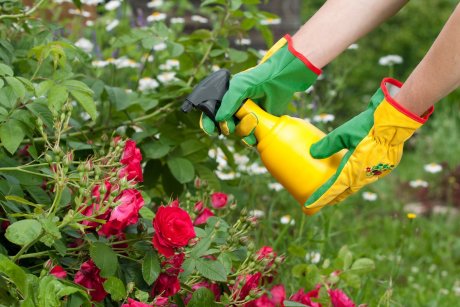
But remember, foliar feeding cannot be a full-fledged alternative to root feeding.
Fertilizing roses with organic fertilizers
Some novice rose growers prefer to use exclusively complex preparations, completely forgetting about organic fertilizers. Meanwhile, the latter increase soil fertility, reduce the amount weed and also attract beneficial worms.
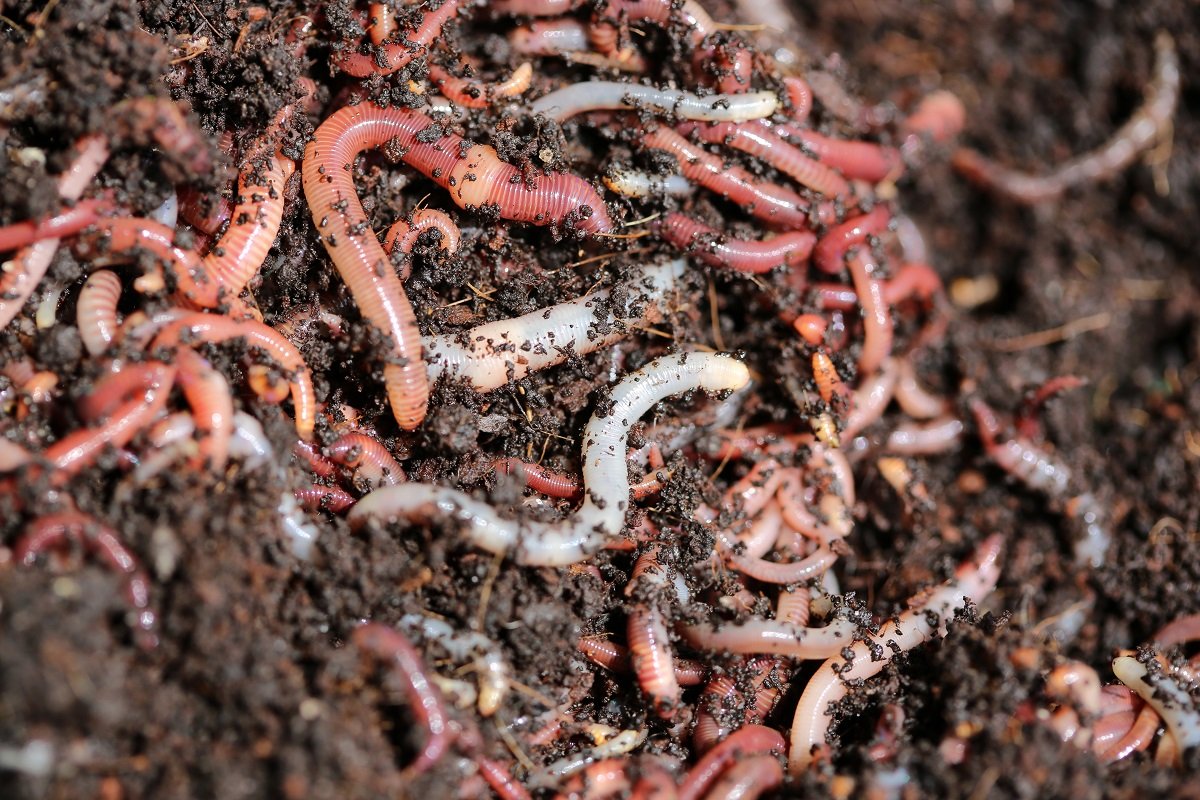
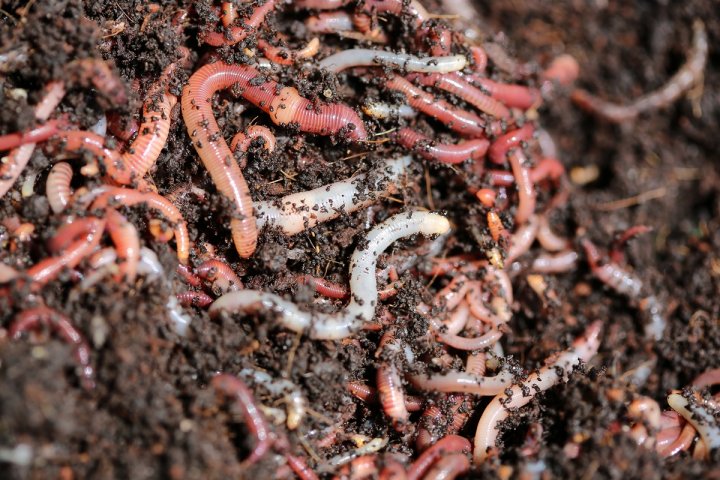
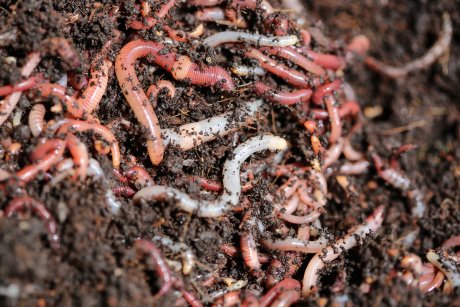
If mulching is carried out in the fall, having spread peat or compost around the rose bushes, then root system will grow faster.
Feeding with chicken droppings is carried out in the spring during the period of plant development, as well as during flowering. This organic fertilizer can easily burn the roots, so it is important not to exceed the dosage. After all, as the proverb says, "Better less is better." Fresh droppings are diluted with water 1:20, rotted - 1:10. The solution is infused for five days, and then again diluted with water in a ratio of 1: 3.
Cow dung is diluted with water 1:10, insisted for a week, after which it is again diluted in a 1: 2 ratio. The first feeding should be carried out with the onset of heat, because in cold weather, roses do not absorb nutrients well.
Spring application of chicken manure and cow dung will be especially beneficial for young plants.
If you've planted a rose bush right under your windows, weed infusion can be used as an alternative, less flavorful top dressing. The container needs to be filled with chopped grass, tops or weeds by 3/4, add 2 tbsp. soda ash. Fill the remaining 2/3 of the container with water and wait for the composition to ferment properly. After straining, it is necessary to dilute the infusion with water in a ratio of 3:10 and carry out foliar feeding. Just keep in mind: the infusion of weeds cannot be prepared during the period of their insemination.



Fertilizing roses with mineral fertilizers
If young plants prefer organic matter in spring, then mature plants prefer ammonium nitrate. Top dressing ammonium nitrate you can start right after the snow melts (20-30 g per 1 sq. m).
To provide roses profuse flowering, v May it is best to use potassium-phosphorus formulations (10 g of superphosphate and potassium sulfate per 10 liters of water). It is advisable to repeat top dressing in june... V july 500 g of chicken manure and 10 g of nitrophoska are added to the solution. In the same period, you can make wood ash, which normalizes the acidity of the soil. Roses are fed with ash in the second year after transplanting. 100 g of ash is dissolved in 10 l of water - for root dressing, 200 g of ash per 10 l of water - with foliar dressing.
A lush bloom that is pleasing to the eye and awe-inspiring can be stressful for a rosebush as the plant consumes a large number of nutrients. If you want to next year your rose bloomed just as abundantly, it is important to feed it in the fall. Nitrogen fertilizers are not used during this period, since they provoke the growth of green mass, and the plant simply does not have time to prepare for winter. But potassium is necessary for green pets for successful wintering, as well as phosphorus. Therefore, in the fall, you can use a mixture of 16 g of potassium monophosphate and 15 g of superphosphate, dissolved in 10 liters of water.
You can also prepare a solution of 1 tbsp. superphosphate 1 tbsp. potassium sulfate per 10 liters of water. No more than 4 liters of solution can be poured under one bush.
Yeast feeding can be an alternative. 10 g dry yeast and 2 tbsp. sugar is diluted in 10 l warm water... After two hours, the infusion must be diluted with 50 liters of water and water the plants.
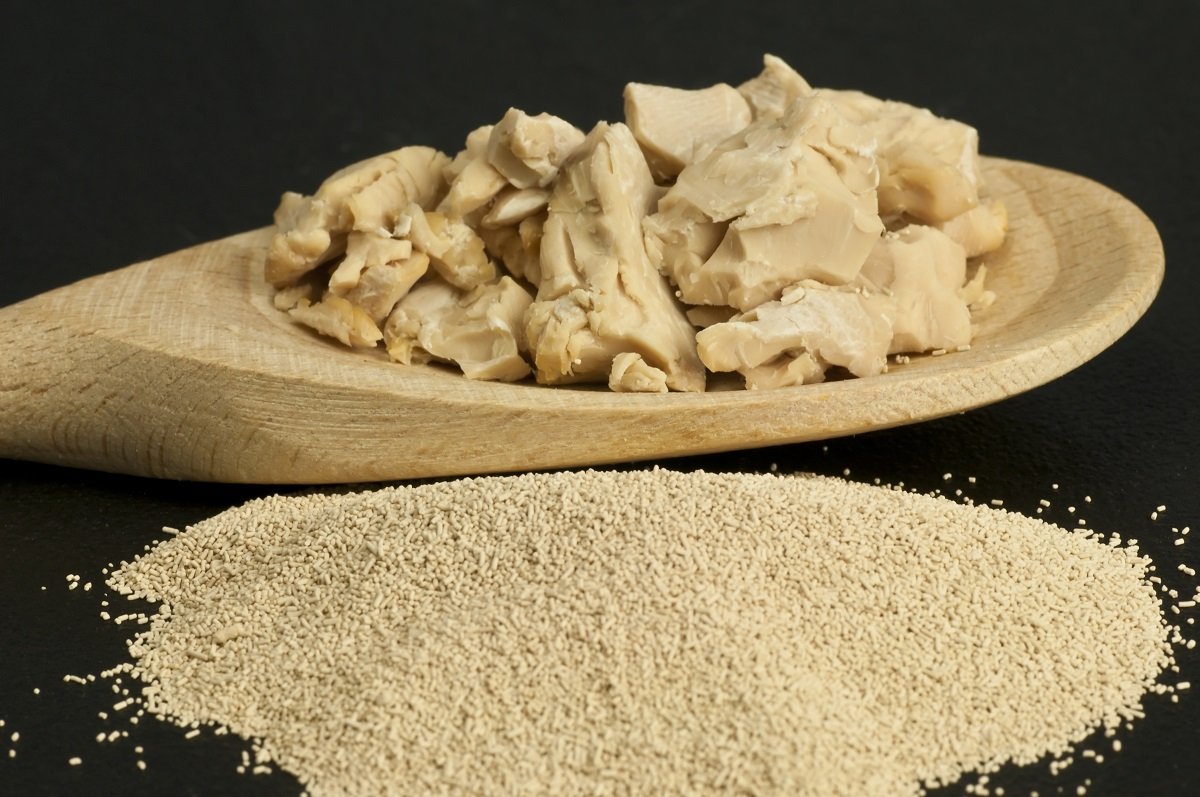
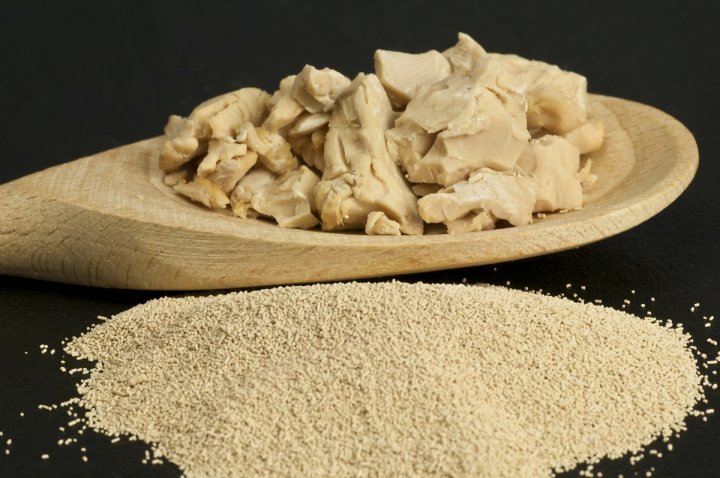
![]()
Feeding roses with ready-made complex fertilizers
The undoubted advantage of ready-made complex fertilizers is ease of use. It is usually sufficient to add a few caps of the composition to the water and water or spray the plants. Complex fertilizers can speed up the setting of buds, increase their number and size of inflorescences, and also make the color of roses brighter.
| Fertilizer | Dosage | Feeding frequency |
| Agricola-Aqua |
5 ml per 1 liter of water - for root feeding; 5 ml for 2 liters of water - for foliar feeding |
Root feeding - 1 time in 7-10 days; foliar feeding - 1 time in 10-14 days |
| Fertile Watering Can (for roses) | 100 ml for 10 l of water | 1 time in 2 weeks from early spring to the end of August |
| Pocon | 1 cap (about 10 ml) for 1 liter of water | 2 times a month |
| Bud plus | 1 bag for 2 l of water | Foliar dressing: 1. a week after planting / transplanting; 2. during budding; 3.during flowering |
| Zircon | 1 ml for 2 liters of water | 1 foliar dressing before bud formation |
It is undesirable to apply complex fertilizers under transplanted plants earlier than two weeks after transplanting.
Whichever fertilizer you choose, remember that measure is important in everything. An excess of nutrients can not only harm plants, but also significantly degrade the quality of the soil. And her recovery will require additional time and financial resources.
